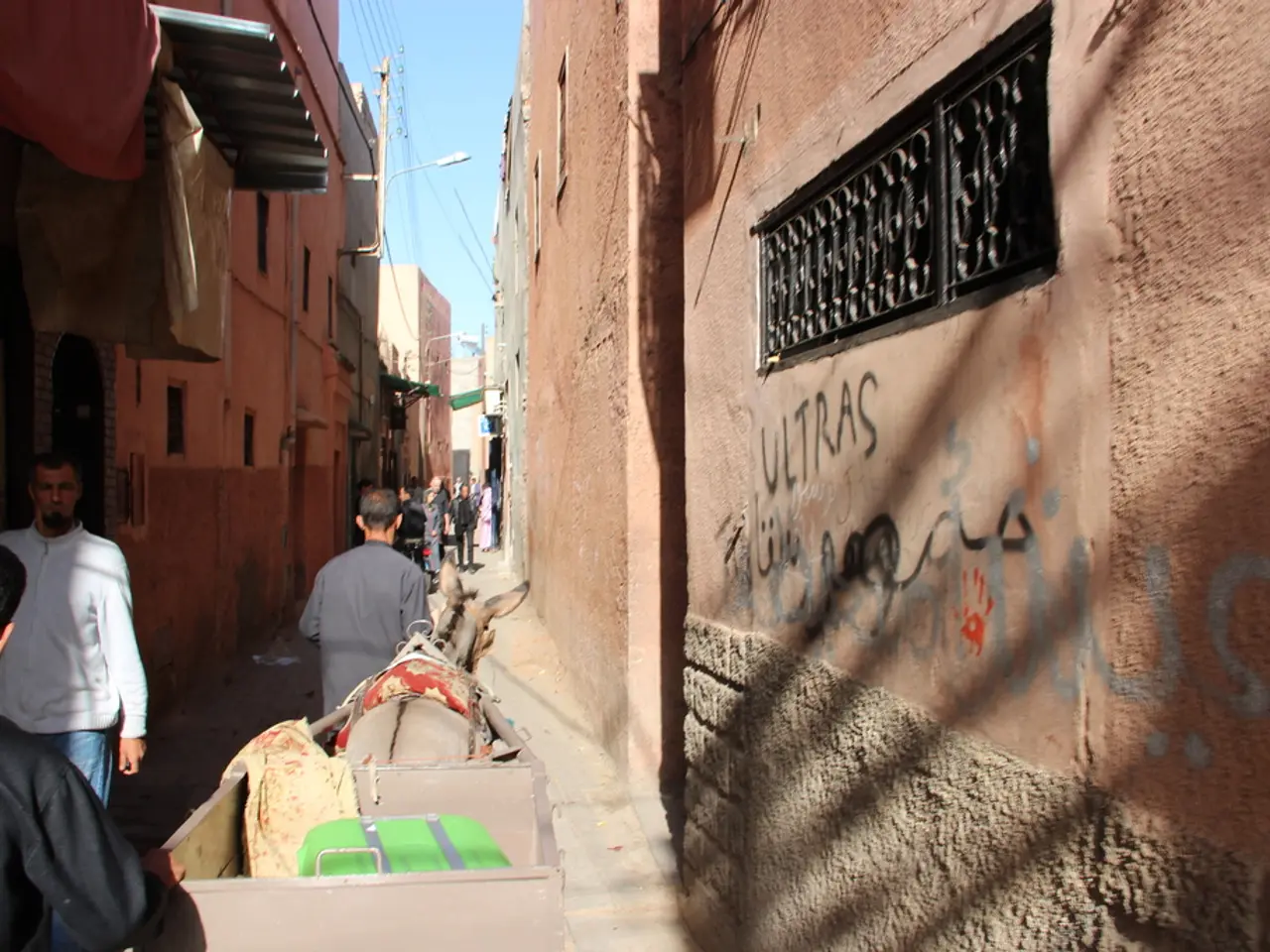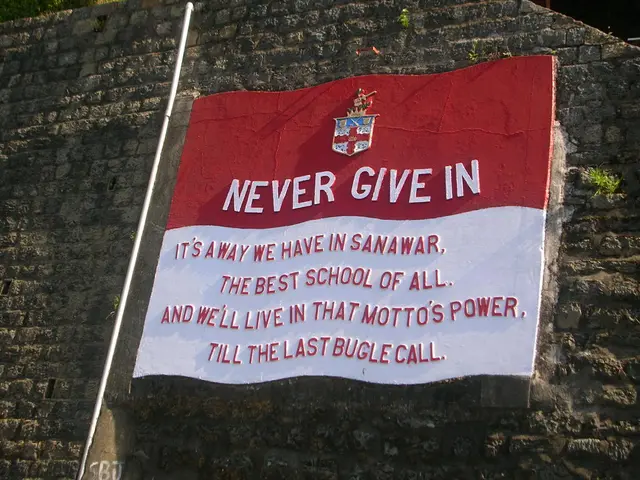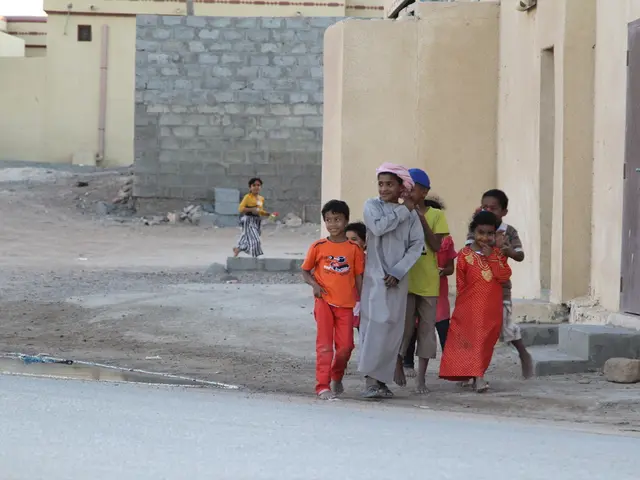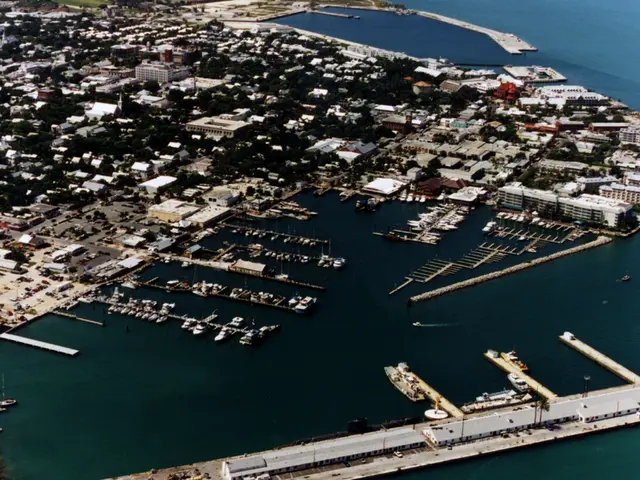Indigenous Communities in Nepal Experience Ongoing Human Rights Abuses During Development Projects
Indigenous Rights Violations Persist in Nepal Despite Legal Protections
Indigenous communities in Nepal continue to face violations of their rights, despite the country's commitment to international human rights treaties and constitutional provisions. The UN Declaration on the Rights of Indigenous Peoples (UNDRIP) and ILO Convention 169 have been formally endorsed, but their implementation remains incomplete, leaving affected communities vulnerable.
Forced Evictions and Development Projects
Over the past few years, forced evictions from land and housing have disproportionately affected Dalit and Indigenous communities. These evictions, often without proper consultation, notice, compensation, or alternatives, have exacerbated poverty and homelessness [1][2].
Hydropower projects, such as Likhu, Tanahu, Upper Trishuli-1, and Upper Arun, have denied Indigenous peoples' rights. The government and development banks have bypassed or reduced the Free, Prior and Informed Consent (FPIC) process, leading to militarization, detention, and false charges for asserting land claims [3].
The Pathibhara Cable Car Project in Taplejung district poses a significant threat to the Yakthung (Limbu) Indigenous People's spiritual identity. The project, approved without FPIC, has led to violent clashes, arrests, and large-scale environmental damage. Despite a temporary halt ordered by Nepal’s Supreme Court, this case highlights the disregard for Indigenous land and cultural rights [4].
Marginalization of Indigenous Women
Indigenous women face intersecting discrimination, invisibility in policymaking, high rates of trafficking, and economic marginalization. Laws criminalizing their traditional livelihoods, such as alcohol production, contribute to their marginalization [4].
Implementing UNDRIP and ILO Convention 169
In June 2025, Nepal’s Supreme Court ordered the government to enforce international human rights treaties, including UNDRIP and ILO Convention 169. However, there remains a significant gap between legal protections and the lived reality for Indigenous peoples. Government authorities frequently fail to uphold safeguards such as FPIC, protection against forced evictions, and meaningful Indigenous participation in development decisions [1][2][3][4].
International and Nepalese civil society continue to urge for full recognition of Indigenous land rights and comprehensive regulatory frameworks to prevent rights violations [3][4].
Urgent Reforms Needed
The report calls for urgent reforms to ensure inclusive, multilingual curricula that reflect Indigenous knowledge systems. Indigenous Persons with Disabilities (IPWDs) face a series of challenges, including food insecurity and health issues, due to being marginalized and a lack of disaggregated data to guide policies.
The education policies in Nepal are failing Indigenous children, leading to high dropout rates, as schools prioritize Nepali and English over mother-tongue education. The Pathibhara Cable Car Project in Taplejung district threatens the sacred site of Mukkumlung, significant to the Yakthung (Limbu) Indigenous People's spiritual and cultural identity. The project was granted to IME Group, a private conglomerate, without FPIC, causing violent clashes between Yakthung Indigenous protesters and police, resulting in injuries and arrests.
The report highlights issues ranging from a lack of political representation to loss of land and culture, including displacement and other forms of violence faced by Indigenous Peoples in the name of development projects. Despite the progress represented by recent court mandates and activist pressure, substantial challenges remain.
[1] Human Rights Watch (2020). "Nepal: Indigenous Peoples’ Land Rights Under Threat." [Online] Available: https://www.hrw.org/report/2020/02/18/nepals-indigenous-peoples-land-rights-threat/
[2] Amnesty International (2021). "Nepal: Indigenous Peoples' Rights under Threat from Development Projects." [Online] Available: https://www.amnesty.org/en/latest/news/2021/02/nepal-indigenous-peoples-rights-under-threat-from-development-projects/
[3] International Work Group for Indigenous Affairs (2021). "Nepal: Indigenous Peoples' Rights under Threat." [Online] Available: https://www.iwgia.org/en/news/2021/02/nepal-indigenous-peoples-rights-under-threat
[4] Cultural Survival (2021). "Nepal: Indigenous Peoples' Rights under Threat." [Online] Available: https://www.culturalsurvival.org/publications/nepal-indigenous-peoples-rights-threat
Policy-and-legislation: The Nepalese government is urged to enact comprehensive regulatory frameworks to prevent rights violations, including the full recognition of Indigenous land rights and the implementation of UNDRIP and ILO Convention 169.
Politics: The report highlights the intersecting challenges faced by Indigenous women, including marginalization in policymaking, high rates of trafficking, and economic marginalization, underscoring the need for urgent reforms to ensure inclusive representation.








